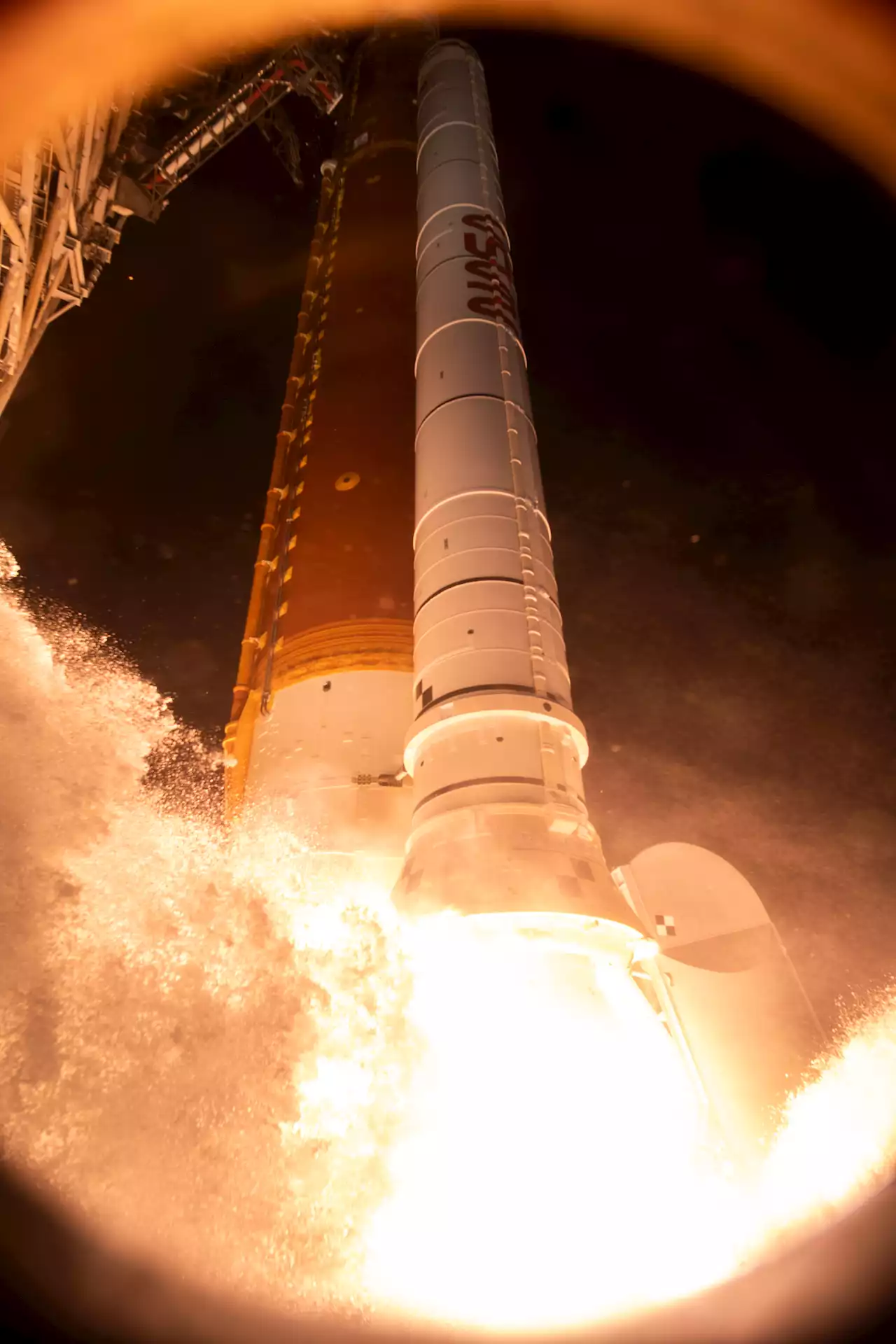Daisy Dobrijevic joined Space.com in February 2022 having previously worked for our sister publication All About Space magazine as a staff writer. Before joining us, Daisy completed an editorial internship with the BBC Sky at Night Magazine and worked at the National Space Centre in Leicester, U.K., where she enjoyed communicating space science to the public. In 2021, Daisy completed a PhD in plant physiology and also holds a Master's in Environmental Science, she is currently based in Nottingham, U.K.
Jam packed issues filled with the latest cutting-edge research, technology and theories delivered in an entertaining and visually stunning way, aiming to educate and inspire readers of all agesMoving the time slider in the user interface advances or reverses the eclipse through time on the day of the eclipse.details when and where the eclipse will be visible, including the path and duration of annularity , allowing users to dive into the eclipse viewing experience like never before.
Find out exactly when the eclipse will be visible at your location and watch how the eclipse evolves in time. You can toggle between cities and use the slider bar at the bottom to move through different stages of the eclipse. the 2023 Eclipse Explorer interface is composed of a grid of toggle buttons divided into the following categories: Shadow components, city labels , eclipse paths, coverage percentages and duration intervals. Clicking any of the buttons will make that data appear on the map.
If a city pop-up is open, a simulated image of the eclipse evolves in time along with the shadows on the main map. The famous 'ring of fire' will cross eight U.S. states from Oregon to Texas before moving across the Gulf of Mexico and over Mexico, Guatemala, Belize, Honduras, Nicaragua, Costa Rica, Panama, Colombia and Brazil.
If you're hoping to catch the eclipse in person, we have several guides to help you plan your eclipse-viewing experience ranging fromyou must use solar filters at all times. Whether your location will experience a partial solar eclipse or an annular solar eclipse, the dangers are the same. Observers will need to wear solar eclipse glasses, and cameras, telescopes and binoculars must have solar filters placed in front of their lenses at all times.
United States Latest News, United States Headlines
Similar News:You can also read news stories similar to this one that we have collected from other news sources.
 Celestron EclipSmart 2x Power Viewers Solar Eclipse and Solar Eclipse Glasses Observing Kit reviewThese two great value packages include essential eye protection and exhaustive guides to the two upcoming solar eclipses in North America.
Celestron EclipSmart 2x Power Viewers Solar Eclipse and Solar Eclipse Glasses Observing Kit reviewThese two great value packages include essential eye protection and exhaustive guides to the two upcoming solar eclipses in North America.
Read more »
 To study atmosphere, NASA rockets will fly into October eclipse's shadowA NASA sounding rocket mission will launch three rockets during the 2023 annular eclipse in October to study how the sudden drop in sunlight affects our upper atmosphere.
To study atmosphere, NASA rockets will fly into October eclipse's shadowA NASA sounding rocket mission will launch three rockets during the 2023 annular eclipse in October to study how the sudden drop in sunlight affects our upper atmosphere.
Read more »
 NASA Seeks Feedback on Requirements for New Commercial Space StationsNASA is asking American companies to provide input on the agency’s requirements for end-to-end services as part of the Commercial Low-Earth Orbit Development
NASA Seeks Feedback on Requirements for New Commercial Space StationsNASA is asking American companies to provide input on the agency’s requirements for end-to-end services as part of the Commercial Low-Earth Orbit Development
Read more »
 NASA and Bastion: A Collaborative Teamwork Advancing Deep Space Exploration and Ensuring Safety in MissionsAs we continue to celebrate Hispanic Heritage Month, the NASA Office of Small Business Programs is pleased to share the contributions of Bastion Technologies
NASA and Bastion: A Collaborative Teamwork Advancing Deep Space Exploration and Ensuring Safety in MissionsAs we continue to celebrate Hispanic Heritage Month, the NASA Office of Small Business Programs is pleased to share the contributions of Bastion Technologies
Read more »
 James Webb Spots Numerous Pairs of Planets, Hanging Out With No StarsNASA's James Webb Space Telescope has spotted hundreds of lonely 'planets' that are floating through space without parent stars.
James Webb Spots Numerous Pairs of Planets, Hanging Out With No StarsNASA's James Webb Space Telescope has spotted hundreds of lonely 'planets' that are floating through space without parent stars.
Read more »
